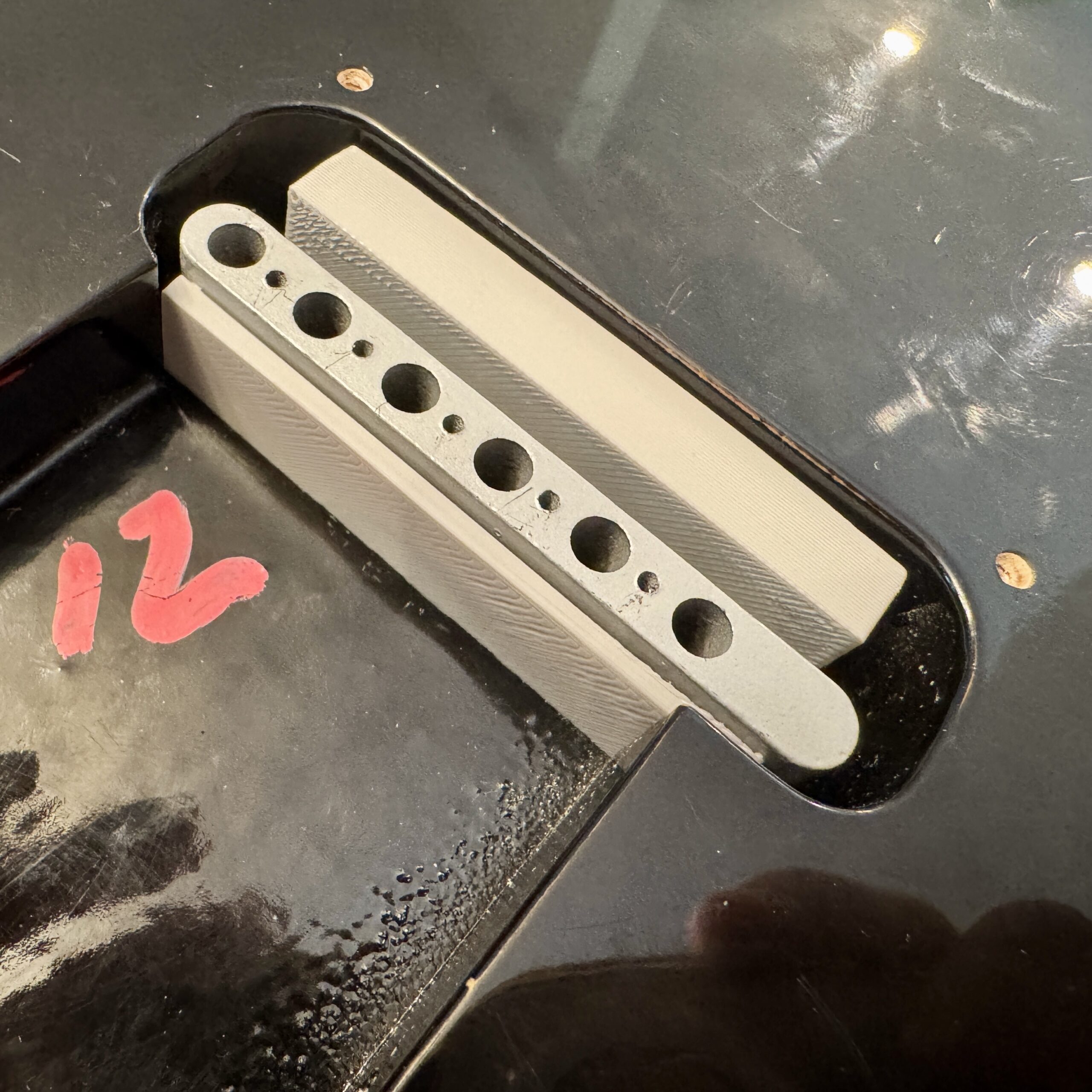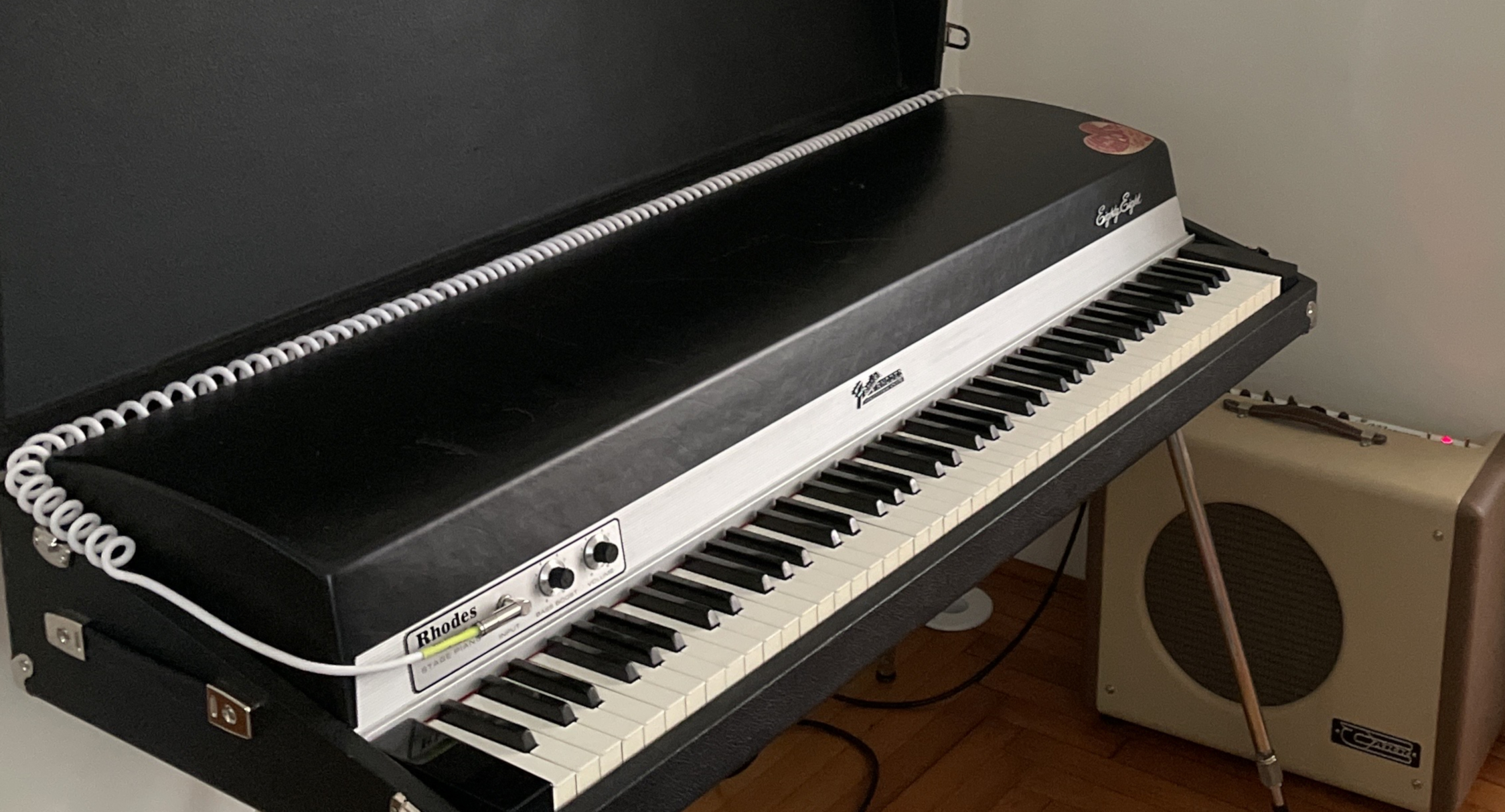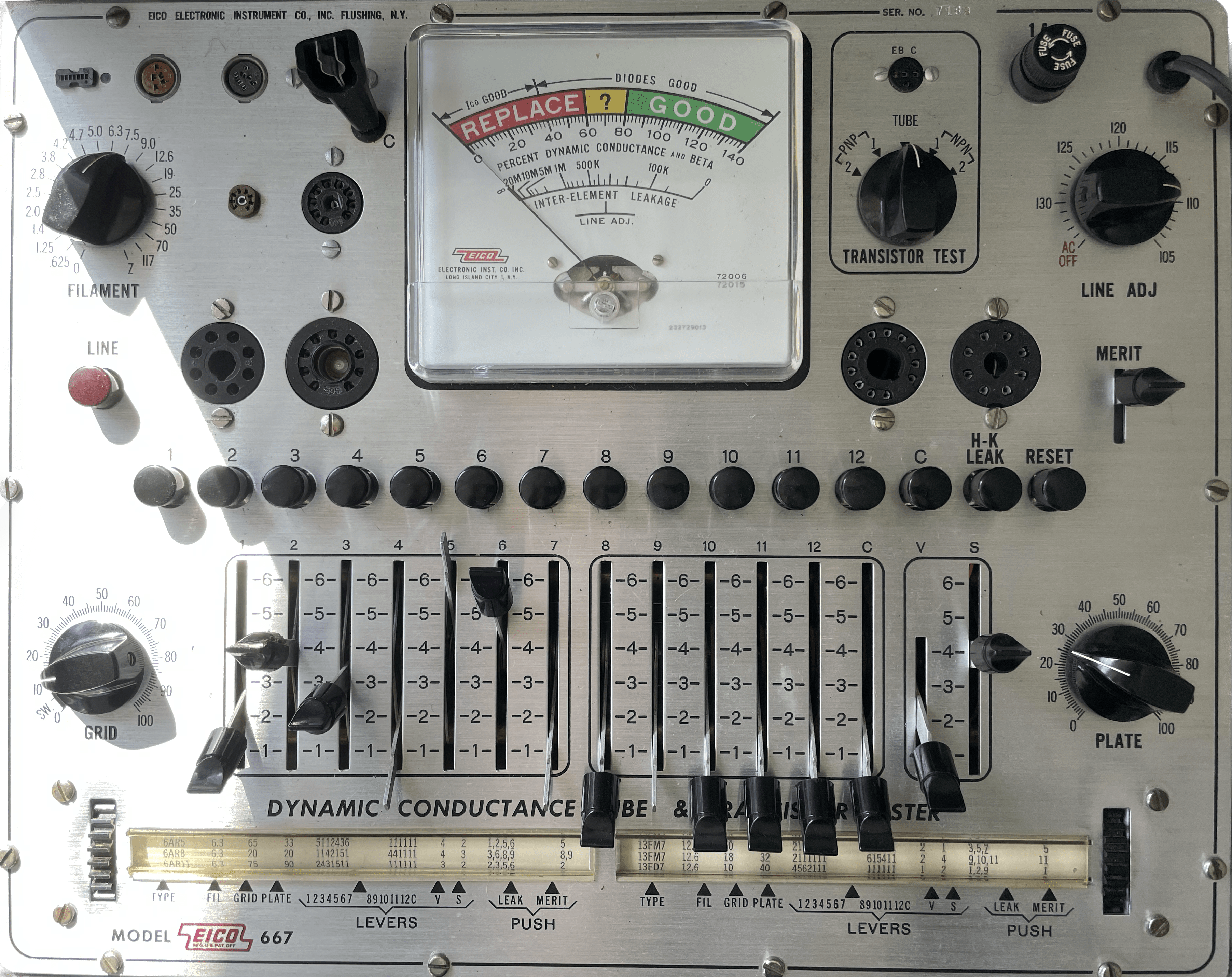-

Vibe-Set Deluxe: Block Your Stratocaster Tremolo for Better Tuning Stability and Sustain
Not using your Stratocaster’s tremolo bar? Block it cleanly and reversibly with the Vibe-Set Deluxe, a precision fabricated solution that boosts sustain and stability.
-

The Outrage Oscillation Theory
If the media have an incentive to maintain political division, and engagement spikes when the sheer number of people in opposition is larger, then it would be in the interest of media companies to subtly (or overtly) shape narratives that keep the minority in power, ensuring a larger pool of outraged consumers.
-

Why Honesty About Our Passions Matters
In the tech industry, we’re often driven by a relentless pursuit of innovation, efficiency, and growth. I’ve built my career in this space, starting with this very technical blog, leading into organizing public engineering meetups, and eventually in various roles in the tech industry ranging from individual contributor to management. However, my journey wasn’t defined…
-

Pianoteq 8 Released for iPhone and iPad
I am pleased to share that Modartt has released the long-awaited Pianoteq 8 for iOS (iPhone/iPad). As of this writing, Modartt hasn’t even shared this news on their website, so it’s likely you may be hearing this news here first.
-

Preamp Vacuum Tubes for Jazz and Blues Guitarists
If you’re a jazz or blues guitar player, there is a good chance you’re not interested in much distortion in your tone. You probably seek mostly clean tone. One of the most crucial yet frequently neglected components of any guitar signal chain is the preamp vacuum tube(s) inside the amplifier. In this short post, I…
-

The Visual Study of Vacuum Tubes
Understanding how to perform the visual study of vacuum tubes can enable you to readily identify the unique characteristics and applications of a given tube.
-

The Unmatched Beauty of the Rhodes Electric Piano
No matter your favorite genre, if you’re practicing the piano, the Rhodes electric piano is an instrument with a deserving warm and distinctive tone. It was the first model in a line of tine-based electric pianos designed and manufactured by Harold Rhodes in the late-1950s. Here I share details about my own, examples of the…
-

Studiologic Numa X Piano GT: A Well-Rounded Digital Piano
A look at how Studiologic’s cost-effective, practical flagship compares to more expensive options like the newly released Nord Stage 4.
-

The EICO 667 Vacuum Tube Tester
This guide explains how to use the EICO Model 667 Dynamic Conductance Tube and Transistor Tester to test vacuum tubes. It provides step-by-step instructions for testing a tube, including setting the knobs and sliders, inserting the tube, and conducting a merit test. The guide is intended for anyone who needs to test vacuum tubes and…
-

Artifacts of Unbridled Consumerism
Left unchecked, consumerism has negative implications for our planet and future generations. In this post, we will explore its effects on individuals and society.